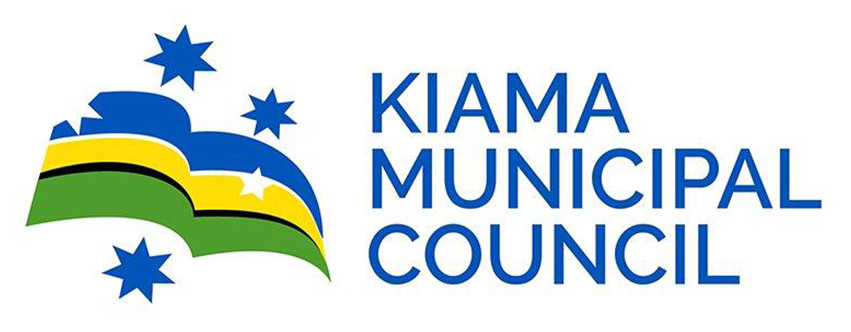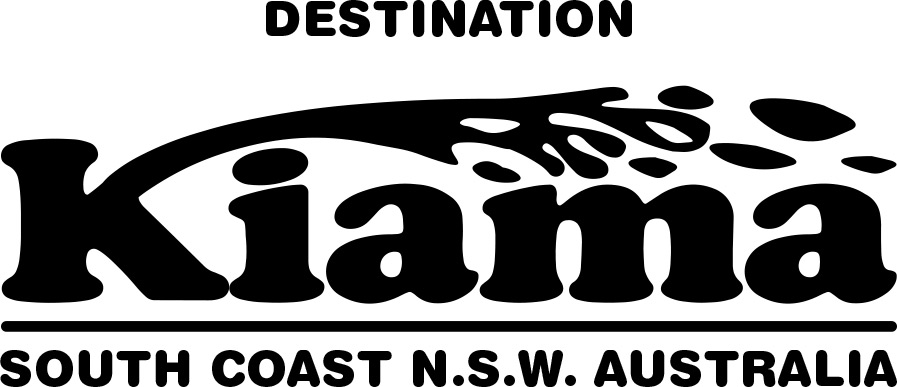Female footballers received higher salaries, W-League teams had a greater alignment within club programs and competitive balance improved during the 2018/19 season, the PFA’s annual W-League Report has revealed.
In addition, the 2018/19 PFA W-League Report highlights the need for long-term strategic alignment with international competitions to ensure women’s football in Australia keeps pace with football’s burgeoning global growth.
The Report analyses four key components of the W-League’s progress and conditions: the Employment Framework, League Assessment, Technical Report and Injury Report.
Data is collated from Opta and via direct player feedback through the PFA’s major Annual Player Survey, conducted at the conclusion of each season.
A number of key findings from the Report include:
- A record 40 players from 12 different countries occupied all four foreign spots on each team roster, plus four additional guest and non-visa foreigners
- Players ranked the W-League as their second most preferred global league behind the United States’ NWSL
- Competitive balance has continued to improve in the W-League as clubs increase investment in their women’s programs
- Fewer match minutes are available to W-League players than those players in competitor leagues, suggesting expansion of the competition – or exploring enhanced international synergies – is critical to ensuring the next generation of Matildas continue to be internationally competitive
- The W-League remains behind other leagues for the playing opportunities it affords both the overall playing group and individual players
PFA Deputy Chief Executive, Kate Gill, said the report reflected the progress the W-League has made under the inaugural 2017-19 Collective Bargaining Agreement (CBA), while sign-posting emerging issues for the players and the league.
“This report reveals the positive progress our players are experiencing, both individually and as a collective, as a result of our first ever CBA and they will continue to do so under our latest agreement announced this month,” Gill said.
“Players have once again indicated they are experiencing improved career conditions, while the report underscores the improvement in on-pitch standards as overall investment in teams increases.
“However, the growth of the women’s game globally means the W-League needs to work harder and smarter just to keep pace with rival leagues, particularly in terms of the year-round playing opportunities it affords players.
“The W-League needs to consider strategic partnerships with other leagues, particularly capitalising on the organic symbiosis we are building with America’s NWSL. This will ensure ongoing and structured collaboration, ensuring we avoid the overlap of seasons and safeguard player wellbeing to ensure they can build long and successful careers.”
The Report, which provides technical data from Opta and an assessment of the W-League’s progress across a range of key metrics, from attendance, broadcast viewership to pitch quality and team integration with A-League clubs, can be downloaded in full here.



